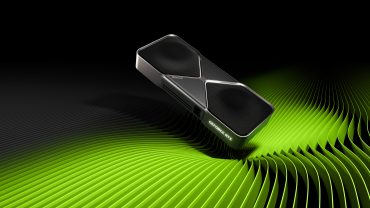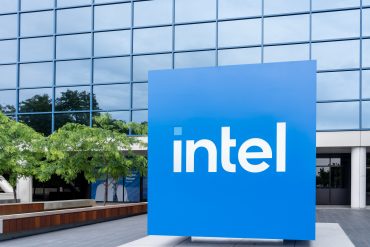
- Quantum & Chips
Nvidia RTX 5090 Doubles Gaming Performance Despite Launch Shortages
5 minute read

Blackwell Architecture Powers Next-Generation Graphics Card with AI Acceleration, Though Limited Availability Frustrates Early Adopters
Key Facts
- Nvidia RTX 5090 GPU achieves up to 2x performance improvement over RTX 4090, with Cyberpunk 2077 frame rates jumping from 119 fps to 238 fps with ray tracing enabled
- RTX 50 series launches with tiered pricing from $549 (RTX 5070) to $1,999 (RTX 5090), targeting expanding gaming PC market projected to reach $129.93 billion by 2030
- Severe supply shortages constrain availability at launch, with reports indicating even Nvidia employees face difficulty obtaining new GPUs
Introduction
Nvidia’s RTX 5090 graphics card delivers a substantial performance leap over its predecessor, doubling frame rates in demanding games while introducing advanced AI-powered features. The flagship GPU, built on Nvidia’s new Blackwell architecture, represents the company’s most ambitious consumer graphics offering to date.
The RTX 5090 demonstrates its capabilities through real-world gaming performance, particularly in graphics-intensive titles like Cyberpunk 2077 and Call of Duty: Black Ops 6. This generational improvement positions Nvidia to capture greater market share in the rapidly expanding gaming hardware sector.
Key Developments
Nvidia builds the RTX 50 series on its Blackwell architecture, incorporating 92 billion transistors and GDDR7 memory technology. The RTX 5090 features 32GB of video memory and maintains a compact dual-slot design despite requiring 575W of power.
The company introduces DLSS 4 technology, which uses AI to generate up to three frames per rendered frame. This Multi Frame Generation capability works alongside existing DLSS technologies to boost performance by up to 8x over traditional rendering methods.
Fifth-generation Tensor Cores enable 3,352 AI TOPS performance, while fourth-generation RT Cores deliver 318 RT TFLOPs for ray tracing operations. These specifications support new features including RTX Neural Faces and Frame Warp technology through Reflex 2.
Market Impact
Nvidia establishes aggressive pricing across its product lineup, with the RTX 5070 starting at $549 and the flagship RTX 5090 priced at $1,999. The RTX 5070 Ti carries a $749 price tag, while the RTX 5080 costs $999.
Supply constraints create immediate market pressure, with shortages limiting product availability despite strong demand. These constraints potentially impact near-term revenue generation for both Nvidia and retail partners.
The global gaming PC market provides substantial growth opportunity, with industry projections indicating 13.5% compound annual growth rate through 2030. Nvidia’s performance improvements position the company to capitalize on this expansion.
Strategic Insights
Nvidia’s Blackwell architecture introduces fundamental improvements in AI processing capabilities, supporting FP4 precision for the first time in consumer GPUs. This advancement enables 2x performance gains in AI image generation using models like FLUX while reducing memory requirements.
The company extends GPU applications beyond gaming into content creation workflows. Professional software including DaVinci Resolve Studio 20 and Adobe Photoshop benefit from enhanced AI acceleration, broadening the addressable market for high-end graphics cards.
Frame Warp technology through Reflex 2 reduces input latency by up to 75% by updating rendered frames based on latest mouse input. This competitive gaming feature differentiates Nvidia’s offerings in the performance-focused segment.
Expert Opinions and Data
Testing conducted by VentureBeat demonstrates the RTX 5090’s capabilities in premium gaming systems. The Falcon Northwest Tiki configuration, featuring AMD 9800X3D processor and 4TB storage, showcases the GPU’s potential in high-end builds priced around $7,024.
Performance benchmarks reveal significant improvements in ray-traced gaming scenarios. The RTX 5090 delivers 105 Shader TFLOPs of compute performance, supporting enhanced visual fidelity in titles including Alan Wake 2 and Doom: The Dark Ages.
Industry analysis indicates the RTX 50 series addresses both gaming and professional markets through unified architecture improvements. Content creators benefit from faster AV1 encoding and 4:2:2 color format support for streaming applications.
Conclusion
Nvidia’s RTX 5090 establishes new performance benchmarks for consumer graphics cards while expanding GPU utility into AI-powered applications. The Blackwell architecture delivers measurable improvements in gaming frame rates and professional workload acceleration.
Supply constraints present immediate challenges for market penetration, though strong underlying demand validates Nvidia’s product positioning. The company’s tiered pricing strategy addresses multiple market segments while the expanding gaming PC market provides substantial growth opportunities through 2030.








